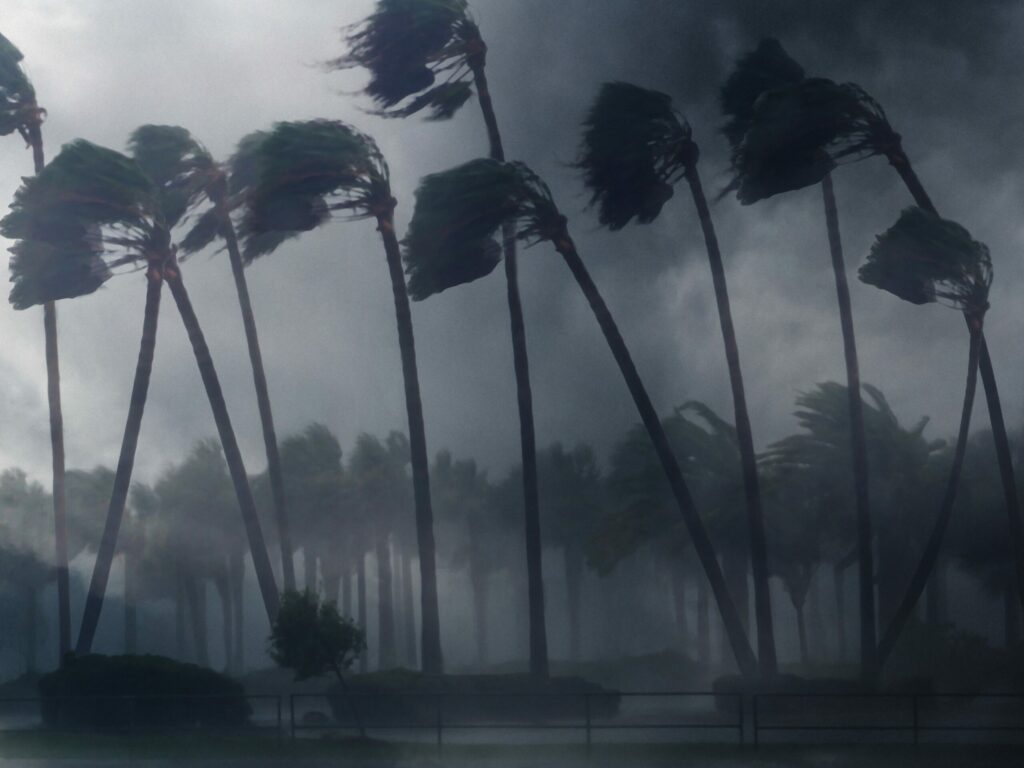Disasters are all too common in Haiti. It is a country that has never truly recovered from the 7.0 magnitude earthquake that struck the island in 2010 leaving much of Port-au-Prince, its capital, in rubble and killing an estimated 200,000 people (Almost 1/3rd of Haiti’s population). Unfortunately since then, it seems as Haiti is constantly plagued with natural disasters, most recently hurricanes. Read below for more information on hurricanes in Haiti.
Hurricane Matthew—2016
Hurricane Matthew is the strongest storm to make landfall in Haiti since Hurricane Cleo, which struck in 1964. It struck southern Haiti on October 4th, 2021, leaving over 900 people dead and over 175,000 homeless (Residents of Haiti are no strangers to living in tents after the earthquake), with most of the island’s livestock dead and crops completely destroyed.
Without a doubt this is the worst flooding Haiti has seen since Hurricane Sandy which struck in 2012, and killed at least 100 people and left 300,000 homeless. Entire villages have been wiped off the map by floodwaters as rivers burst their banks, submerging nearby land. The damage of this particular storm is estimated at over 1.4 billion USD , which will make it even more difficult for Haiti to rebuild after this crisis.
Hurricane Laura—2020
Hurricane Laura, a category 3 hurricane, left heavy flooding and wind damage in its wake, causing at least 40 deaths, displacing thousands of people and destroying crops throughout the south-west.
This is not particularly unusual for Haiti as hurricanes are a common danger each year during the season. Anyone living in Haiti knows that you cannot predict when a natural disaster will strike, but it is one of those things that “you know” that you need to prepare for.
Hurricane Earthquake and Tropical Storm Grace—2021
Although tropical storms are not quite hurricanes, their effects can be equally as devastating. The tropical storm Grace that struck in 2021 left similar levels of flooding as well as constant rain for days on end which is equally as bad.
In addition to the storms, Haiti has been rocked by a series of earthquakes in recent years, most notably being one measuring 5.9 magnitude that struck off the coast of Port-au-Prince in October 2021 and another reaching 7.0 magnitude that struck the south of Haiti only two months later as well as a 5.0 magnitude quake that occurred in November 2020.
These earthquakes have left much of Port-au-Prince and its surroundings in ruins, causing it to be even more vulnerable to flooding and landslides than before, and leaving many homeless and stranded within their damaged homes.
Risks of Hurricanes
There are currently fears that the storms could spread cholera, which is already an issue in Haiti. Cholera is a bacterial infection contracted through contaminated food or water that can cause severe diarrhea and vomiting, leading to death within hours if left untreated.
Because the country’s health system has been completely destroyed by this latest hurricane it seems likely that cholera will become prevalent once again.
Disaster Relief
Due to the multitude of disasters that have taken place in Haiti, the country is in desperate need of relief. This includes both short term aid and long-term relief. The majority of Haitians are living under $1.25 a day , which means that if they do not work to rebuild their homes, they may never be able to.
When it comes to the hurricanes in Haiti, there is both immediate and long term relief that must be provided if we want to prevent further tragedy in this country. If you’re wanting to assist in the relief, contact a disaster relief organization like Haiti Children’s Project, today!


